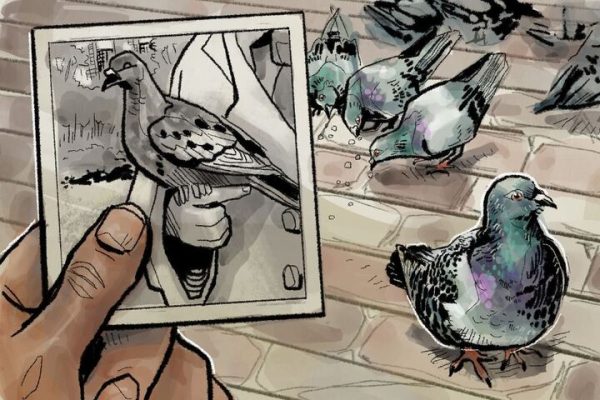An Alien’s Perspective: On India’s ban of ‘India’s Daughter’
Looking at the statistics on per capita rape, India is by no means a leader. At 2.0 rapes reported per 100,000 people, it falls behind several countries such as Sweden, Jamaica, Bolivia, Costa Rica, New Zealand, Belgium, the United States, Brazil, Norway and Finland as of 2012.
The Delhi gang rape that occurred on Dec. 16, 2012 shocked the world with a gruesome, inhuman crime. On that night, Jyoti Singh, a 23-year-old female physiotherapy intern was returning home with a male friend when the two of them got on a private bus.
Once on the bus, they were beaten and Singh was violently raped. Singh and her friend were later thrown out of the bus partially clothed.
Singh died due to injuries while receiving emergency care on Dec. 29 2012. The incident received global media exposure and, for the umpteenth time, got the Indian citizens to complain about rape culture, especially peculiar in Delhi.
The root of the problem in India is complex and will require decades of active education.
The Indian media is littered with subliminal messages about dating, sex and relationships while open, healthy communication about the subject is lacking.
In an active step toward fighting rape culture, BBC decided to feature the rape and bring to light the thought processes of the rapists in the form of a documentary titled “India’s Daughter.”
The Ban
In response, the Indian government responded by banning the documentary from being aired. Online services such as YouTube were directed to regionally block the documentary from airing in India. The Indian government fears the documentary will cause public outcry, leading to widespread violence.
NDTV, a national news station in India, responded by airing an image of a lamp with the documentary’s title instead.
While this is merely a single aspect of a multi-faceted issue, the presence of a misogynistic, patriarchal culture has resulted in the creation of a hostile environment for women.
This hostility has reached a stage where politicians are promising a CCTV monitored Delhi to its voters. A network of 1.5 million cameras is the NSA’s wet dream come true, not a solution to rape culture. An open educational conversation is the way to go about it.
Why would anyone in their right mind work so hard against protecting citizens? While the ban is not something I stand for, I see how the police would be concerned with public outcry.
In the same week as the ban, a mob in northeast India broke into a prison and beat up an alleged rapist. The suspect died from the sustained injuries.
Many in the mob were students.
It is sorry to see educated youth respond impulsively and, despite their best intentions, work against creating a safer environment. Peaceful protests seem boring and the results seem to manifest at a slower pace.
However, violence will get us nowhere. All it does is work against an educational environment that can give birth to meaningful reform.
To the Indian government, I have this to say: Keeping the people in the dark is not going to prevent violence. All it manages to do is convince us that you fail to stand up for the victims of these heinous crimes.
And to the angry protestors, I have this to say: Keep yourself under control. Violence will beget little positive. As a country that gained independence through peaceful measures, I beg you to see the error in your ways.
It takes great character to remain calm under these circumstances. But if we are to bring about positive change, we will have to fight this monster peacefully.







